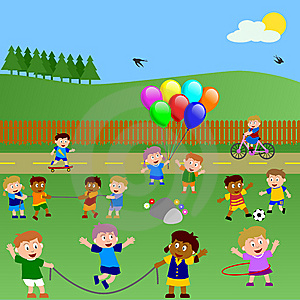Tense
Verbs are the most important words in a sentence. They express actions. The time of an action changes and the verb also changes.
Tense in a verb shows:
(a) The time of an action
(b) Whether it is complete or still going on.
Let us look at the chief tenses and their names:
| Present | Past | Future | |
| Simple | I work/He plays | I worked/He played | I shall work/He will play |
| ContinuousOrProgressive | I am working/He is playing | I was working/He was playing | I shall be working/He will be playing |
| Perfect (i.e. complete) | I have worked/He has played | I had worked/He had played | I shall have worked/He will have played |
To form these tenses, we must know these four parts of the verb:
(a) The Present Tense form (which is the same as the infinitive or root form)
(b) The Present Participle ( which you can always make by adding –ing to the root form)
(c) The Past Tense and the Past Participles of irregular or strong verbs (like write, see, drink, break).
(d) Regular or weak verbs (like work, walk, learn) add ed or t to make the past tense or past participle. (Note that they are weak, because they need the help of ed, d, t: the strong verbs are strong because they do not need any such help).
The Simple Tenses
The Simple Present Tense expresses the following:
- It expresses general truths, things that are always true, e.g.
The earth moves round the sun.
Two and two make four.
Fish live in water
We make butter and cheese from milk.
2. It expresses habitual actions, e.g.
I wake up at six o’clock everyday.
We go to school by bus.
I drink a glass of milk everyday.
Cows eat grass.
In this usage , we often use adverbials of frequency like often, sometimes, never, rarely, always, frequently, etc. e.g.
Do you go to the park often?
Yes, I go regularly.
No, I go very rarely.
I go there sometimes.
I never go to the park.
3. We use the simple present tense to describe a process or a recipe, giving directions step by step e.g.
Take a cup of milk in a pan. Put it on fire. Add a spoon of sugar and let it boil. etc.
The Simple Past Tense
1. The simple past tense is used to describe what happened in the past, often with a definite adverbial of time like yesterday, last week/month/year/evening, an hour ago, long ago, then, etc. answering the question When did…………. e.g.
He went to Bombay yesterday.
My grandmother wrote me a lovely letter.
I did my graduation in 1995.
2. In indirect speech it replaces the simple present in direct speech, e.g.
He said that he woke up at 6 a.m. everyday, had breakfast at 8 a.m. and went to work at 9 a.m. etc.
The Simple Future Tense
The simple future tense expresses future time and is often accompanied by an adverbial of future time, like tomorrow, next year, in a month’s time, etc. e.g.
I shall see you tomorrow.
Father will be home soon.
We will go for a picnic on Sunday.

